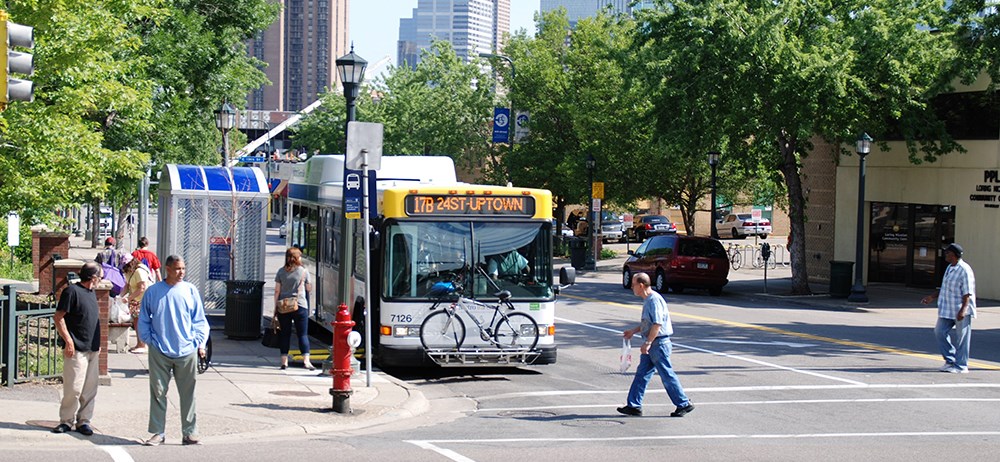

Metro Transit is working to improve the customer experience at the bus stop by:
- Providing transit information
- Adding concrete boarding pads to make it easier to get on and off the bus
- Working with local partners to make pedestrian improvements near the bus stop
- Installing shelters at new locations
- Improving shelters with lighting or radiant heat
- Replacing aged shelters
- Visiting shelters regularly for cleaning and making repairs as needed
- Responding to community concerns over repeat issues at shelter
To report an issue, please submit this comment form.
Planned bus stop improvements
Planned bus stop improvements are shown on the map below. Plans may change depending on site constraints and feasibility.